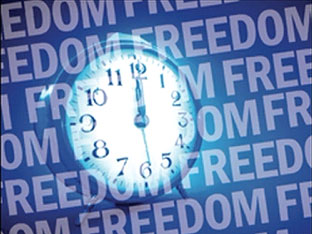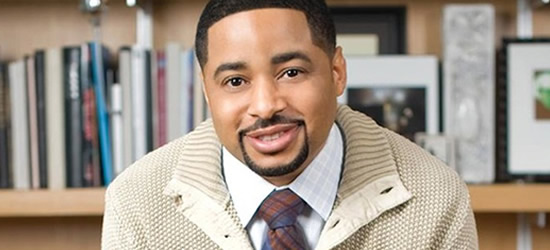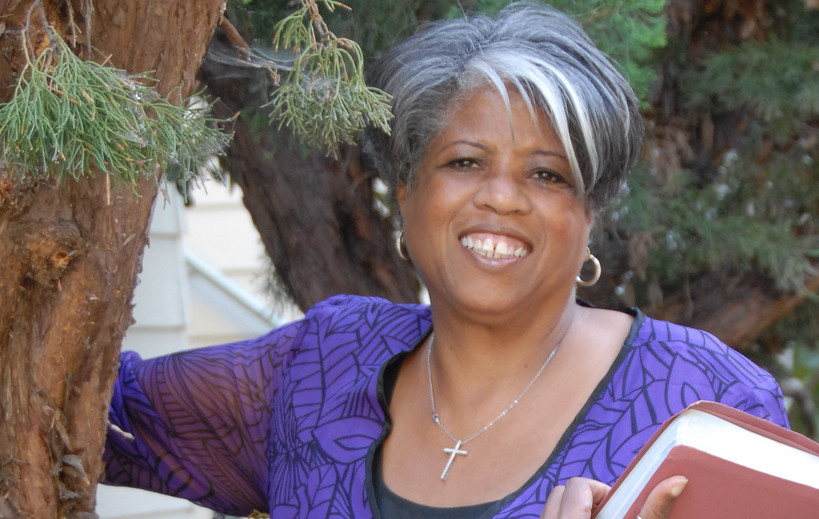From The African American Lectionary
Numerous African American Christians observe Watch Night in a variety of ways; however, many may not be cognizant of the tradition’s historical roots. The precise origin of Watch Night has been disputed. Did the tradition originate in 1733 with the Methodist Movement or in the 1862 Freedom’s Eve celebrations? Though some African American Methodists can proudly pinpoint the 1733 origin of the tradition, Freedom’s Eve likely has the strongest link to the widespread celebration of Watch Night in several African American Christian churches.
In their denomination’s manuals, African American Methodists can trace the original roots of Watch Night to the Methodist tradition. The first Watch Night service began with the Moravians, “a small Christian denomination whose roots lie in what is the present day Czech Republic” in 1733 on the estates of Count Nicholas von Zinzendorf in Hernhut, Germany.1 John Wesley, the founder of the Methodist Movement, picked up the tradition from the Moravians and incorporated it into Methodism as a time for Methodists to renew their covenant with God and to contemplate their state of grace in light of the second coming of Christ. Wesley believed that all Christians should reaffirm their covenant with God annually.2 He held Watch Night services between 8:30 p.m. and 12:30 a.m. on the Friday nearest the full moon and on New Year’s Eve.
The first Methodist Watch night service in the United States probably took place in 1770 at Old St. George’s Church in Philadelphia, a church of which Richard Allen, the founder of the African American Episcopal church, was a member.4African American Methodists celebrated Watch Night prior to Freedom’s Eve because Allen and other African Americans celebrated Watch Night Meeting services at St. George’s Church and also at Mother Bethel African Methodist Episcopal Church in Philadelphia.
While acknowledging the Methodist starting point, many African American Christians link their celebration of the tradition to December 31, 1862, “Freedom’s Eve.” After the Union Army was victorious at the Battle of Antietam on September 22, 1862, Lincoln issued a preliminary proclamation that declared that all slaves in “any state or designated part of a state . . . In rebellion against the United States shall be then, thenceforward, and forever free.”6 Many blacks in the North and South as well as both free and enslaved blacks anxiously waited for Abraham Lincoln’s Emancipation Proclamation to become effective on January 1, 1863. The Sunday before that “Day of Days,” Frederick Douglass expressed to his audience at Rochester’s Spring Street AME Zion Church his elation at “the glorious morning of liberty about to dawn upon us.”7 On December 31, 1862, Watch Night services occurred throughout the United States.
Wide alert with anticipation, many blacks dared not and perhaps could not sleep throughout the late night hours because they wanted to watch “the night turn into a new dawn.”8 As they watched, many slaves reflected on their hardships and toils, mourned the memory of their ancestors and loved ones who died in slavery, and exuberantly thanked and praised God for allowing them and their descendants to watch the night of captivity pass.9
Nearly one hundred and fifty years after the signing of the Emancipation Proclamation, many African American Christians continue the tradition of gathering into mainline Protestant churches on New Year’s Eve to celebrate Watch Night. During their Watch Night services, many African Americans probably do not specifically celebrate Freedom’s Eve per se in the sense of reflecting on their ancestors’ freedom from slavery. Yet, the direct link between Freedom’s Eve celebrations and Watch Night undoubtedly has both explicit and implicit impact on many African American Christians’ observance of the tradition. Many African American Christians consistently bring in the New Year inside of a church, starting their service between 7:00 p.m. and 10:00 p.m. On one hand, some African American worship leaders fully honor the Freedom’s Eve tradition during Watch Night. On the other hand, many African American Christians from various denominations including Methodist, Baptist, and Pentecostal churches implicitly reflect the spirit of Freedom’s Eve celebrations by bringing in the New Year with jubilation and praise, praying, shouting, and thanking God for allowing them to live and survive another year as they anticipate the fulfillment of their hopes and God’s promises in the New Year. Continue Reading
==
Jonathan Langston Chism, Guest Cultural Resource Commentator, The African American Lectionary
African American Religion Doctoral Student, Rice University Department of Religious Studies, Houston, TX





No Comments